Garden Highlight: Herb - Sage
Step into the world of Sage, an aromatic herb celebrated for its culinary richness and ornamental beauty.
Sage Unveiled: A Herb of Flavor and Tradition Sage (Salvia officinalis), with its soft, silvery-green leaves and woody stems, is a perennial herb integral to many cuisines and healing traditions. Native to the Mediterranean region, it is known for its earthy aroma and slightly peppery flavor. Sage is not just valued in the kitchen but also appreciated for its decorative and medicinal qualities.
Growing Essentials: Cultivating Sage in Your Garden
Seed Starting: Sage can be started from seed, but it's often easier to grow from cuttings or transplants. Plant in late spring or early summer.
Planting in California: Thrives in full sun with well-draining soil. It’s well-suited to the warm, dry Californian climate.
Care Requirements: Sage requires minimal watering once established and prefers not to be over-watered.
USDA Zones Compatibility: Hardy in zones 4-8.
Maturity Timeline: It can be harvested in its first year, but fuller growth is seen in the second year.
Plant Type and Frost Tolerance: Sage is a hardy perennial that can tolerate light frost.
Growth Pattern: Grows into a bushy plant, usually about 2 feet tall and wide.
Sage Varieties: Exploring the Diversity
Common Sage (Salvia officinalis): The classic variety used in cooking.
Purple Sage (Salvia officinalis 'Purpurascens'): Offers vibrant purple leaves, adding a splash of color to gardens.
Golden Sage (Salvia officinalis 'Icterina'): Features green leaves with golden variegation.
Pineapple Sage (Salvia elegans): Known for its pineapple-scented leaves and red flowers, great in sweet dishes.
Sage’s Benefits: A Culinary and Ornamental Wonder
Culinary Uses: Essential in stuffings, meats, and sauces. Its leaves can be used fresh or dried.
Medicinal Qualities: Traditionally used for its digestive and calming properties.
Ornamental Value: Sage's varied leaf colors and textures make it an attractive addition to any herb garden.
Companion Planting: Sage’s Friendly Neighbors
Beneficial Companions: Pairs well with rosemary, cabbage, and carrots. Its strong scent can help repel some pests.
Avoid Planting With: Avoid planting next to cucumbers, as they may not thrive alongside Sage.
Harvesting Sage: Enjoying its Aromatic Leaves
Harvesting Techniques: Snip leaves or stems as needed. The best flavor is achieved just before the plant flowers.
Propagation: Propagate through stem cuttings or by dividing older plants.
Storage and Preservation: Fresh leaves can be kept in the refrigerator, while drying is the best way to preserve them long-term.
Navigating Gardening Challenges: Sage’s Hardy Nature
Common Pests/Diseases: Watch for mildew and root rot in overly moist conditions. Ensure good air circulation.
California-Specific Growing Tips: Sage loves the sun and heat but appreciates occasional watering during very dry spells.
Sage’s Enduring Allure: A Gardener’s and Cook’s Delight Sage’s robust nature and aromatic leaves make it a favorite in gardens and cuisines alike. Whether used in a hearty winter dish or simply admired in the garden for its attractive foliage, Sage is a symbol of wisdom and good health, offering both beauty and flavor to those who grow it.



